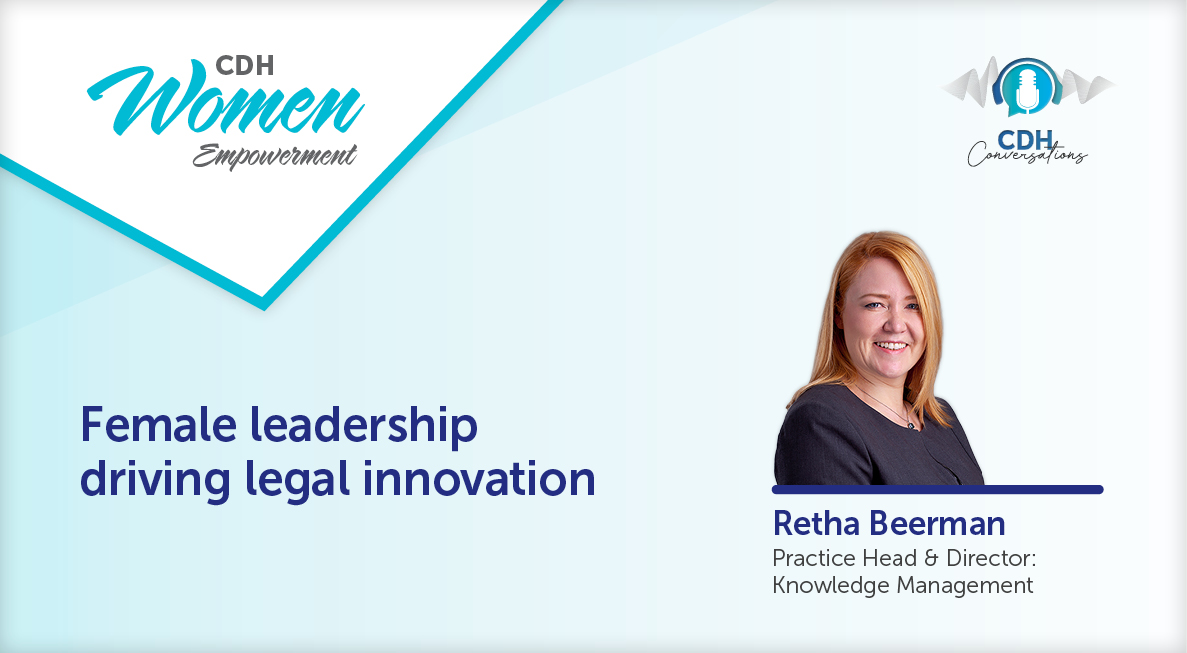The cloud of doubt no longer hanging over doubtful debts?
In 2015, various discretionary powers afforded to the Commissioner of the South African Revenue Service (Commissioner) in the context of assessment provisions contained in the Act were removed in order to formalise the move towards income tax self-assessment in South Africa. This re-alignment was undertaken against the backdrop of international research performed as part of the study on the transition to income tax self-assessment, which confirmed that the international trend was to move away from administrative income tax assessment towards self-assessment and voluntary compliance.
One of the provisions which has been impacted by this was the doubtful debts allowance contained in s11(j) of the Act. Section 11(j) of the Act provides for a deduction of such amount that represents debts which are doubtful. The allowance is only made in respect of debts which would have been allowed as a deduction had they become bad. Importantly, s11(j) of the Act afforded the Commissioner a discretion to decide whether the debt was doubtful. Historically, the Commissioner in practice generally provided for an allowance of 25 per cent of the face value of doubtful debts. At times, this percentage may have been increased depending upon the facts and circumstances of the specific taxpayer.
Despite this long-standing practice, the key issue has always been how to manage the pressing need for certainty and equality of treatment within this area of the law given the discretionary powers afforded to the Commissioner. In particular, there has often been debate in respect of how one treats taxpayers with different facts and circumstances warranting different doubtful debt allowance percentages. For example, taxpayers who engage in various moneylending activities are in a different position to clients who do not engage in any credit lending activities with their customers.
In line with the removal of the remnants of the administrative assessment system, the Commissioner’s discretion in respect of the doubtful debt allowance under s11(j) of the Act was to be deleted with effect from a date to be determined by the Minister of Finance. The intention behind the deletion and substitution of an amended s11(j) was that, in future, the allowance would be claimed according to certain criteria set out in a public notice issued by the Commissioner. The draft TLAB now proposes specifically inserting into the Act, certain criteria for determining the doubtful debt allowance as opposed to publishing the criteria by way of public notice.
The proposed amendments interestingly envisage separating the tax treatment between two defined categories of taxpayers, namely those using International Financial Reporting Standards (IFRS) 9 accounting standard for financial reporting purposes and those companies not using IFRS. Broadly this relates to a delineation between listed and unlisted companies, given that most public companies are obligated to utilise IFRS, although many private companies also utilise IFRS voluntarily in compiling their accounts.
In respect of companies utilising IFRS it is proposed that 25 per cent of the loss allowance relating to impairment as contemplated in IFRS 9, excluding lease receivables contemplated in IFRS 9 (because a deduction may be allowed for the lessor of leased assets in terms of s11(e) of the Act), be allowed as deduction if recognised for financial reporting purposes.
In respect of all other companies it is proposed that an age analysis of debt be used in this regard. As a result, it is proposed that 25 per cent of the face value of doubtful debts that are 90 days past due date be allowed as deduction. The allowances allowed in a year of assessment must be added back to income in the following year of assessment.
The further proposed amendments to the doubtful debts provisions build upon the insertion of a new s11(jA) of the Act dealing with doubtful debt allowances for “covered persons” defined in s24JB of the Act (in essence banks). Section 11(jA) of the Act provides for a more favourable doubtful debt allowance in the case of banks which range from an 85 per cent allowance down to a 25 per cent allowance depending on the level of impairment, in accordance with IFRS. The proposed amendment certainly brings clarity and certainty to this doubtful area of the law; however, it remains to be seen what the practical impact may be on various different taxpayers given different industries and facts and circumstances.
Notwithstanding the proposed amendments, there is also still some uncertainty as to what amounts to a “bad debt” as per s11(i) of the Act which is inextricably linked to the doubtful debt allowance set out in s11(j) of the Act. This has recently become a hot topic of discussion and remains one of the most contentious areas of tax law. Notwithstanding some of the case law already pronounced on this issue, there appears to be differences in interpretation of what constitutes a “bad debt” and clarification and certainty in this regard would also be most welcomed by many taxpayers.
The information and material published on this website is provided for general purposes only and does not constitute legal advice. We make every effort to ensure that the content is updated regularly and to offer the most current and accurate information. Please consult one of our lawyers on any specific legal problem or matter. We accept no responsibility for any loss or damage, whether direct or consequential, which may arise from reliance on the information contained in these pages. Please refer to our full terms and conditions. Copyright © 2025 Cliffe Dekker Hofmeyr. All rights reserved. For permission to reproduce an article or publication, please contact us cliffedekkerhofmeyr@cdhlegal.com.
Subscribe
We support our clients’ strategic and operational needs by offering innovative, integrated and high quality thought leadership. To stay up to date on the latest legal developments that may potentially impact your business, subscribe to our alerts, seminar and webinar invitations.
Subscribe


